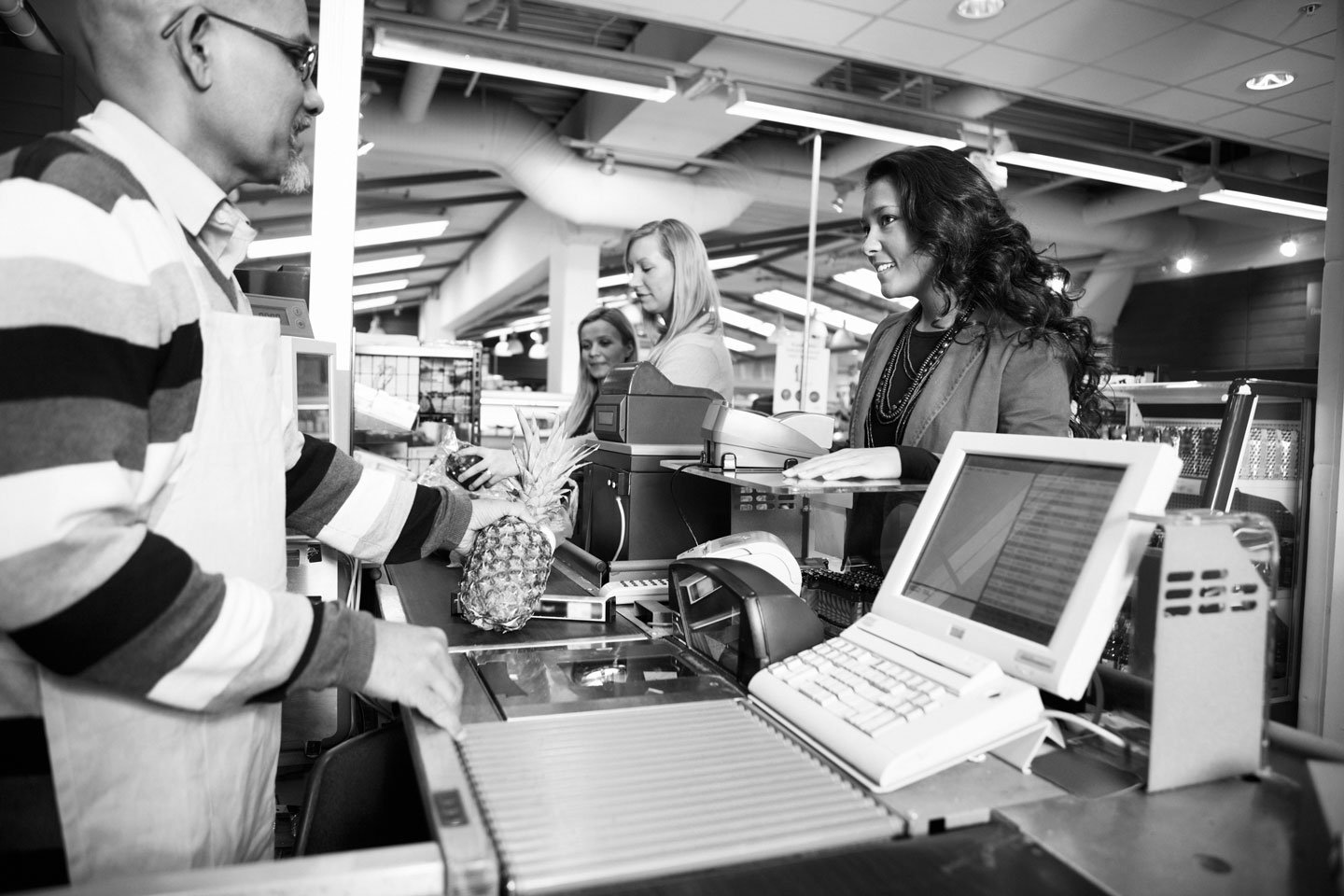
Unleashing the value of retail video data
Why protecting personal privacy is key to big business.
Protecting people and assets, as well as understanding customer behaviour is crucial. For security and for sales - video surveillance and analytics are an everyday part of managing retail.
In-store cameras are spread across all major cities, retail sectors and company sizes, alike. Every hour, these cameras capture millions of frames of personal data from their shoppers and retail staff.
And it's easy to do so.
But not all retailers are set up to manage the data responsibly. Especially the smaller players who don't have dedicated privacy, security, IT and legal teams. As the amount of cameras grows, so do the data privacy and security risks.
94% of UK retailers surveyed use video surveillance and/or video analytics in their stores.
80% use video surveillance / video analytics in ALL stores*.
On average, retailers have 34 cameras deployed in each store for video surveillance and/or analytics.
Large volumes of cameras means large amounts of video. This means vast troves of data - full of personal and sensitive information to protect.
On average, there are over 34 cameras in most retail stores. 34 cameras will generate around 3.7M individual image frames every hour with over 70M captured instances of faces - from shoppers and employees alike.
That's a lot of personal and sensitive data to keep safe. A scale that is impossible to manage manually.

All surveyed retailers with cameras are using their footage for shopper analysis.
Nearly 50% of retailers use video analytics to analyse customer behaviour
Are you surprised? We're not.
Providing the ultimate customer experience is a competitive market, and this is a crucial strategy for most retailers.
Over 40% of retailers use some kind of facial recognition technologies
This could be any kind of personal identification tool. From age verification systems at checkout, emotion detection cameras to facial recognition technology.
Over 50% of retailers use video surveillance to prevent theft
Shrinkage has always been and will always be a constant worry for retailers. Video surveillance - as for many other sectors - is clearly a preventive measure as well as a way to prove the crimes committed.
When they shop in stores, 68% of consumers say it is critical that retail store employees understand their preferences and needs.
So if video can achieve this, it’s a win-win, right? Wrong.
Data privacy and security has to be put at the heart of video processing. For legal compliance and to build customer and employee trust.
For those retailers we surveyed, who use video surveillance and/or analytics for shopper analysis:
Only 25% of retailers feel they have an excellent understanding of their data law obligations.
Only 49% of retail security managers believe they have a good understanding of GDPR.
Many retail compliance managers are unsure about how to handle surveillance video data for wider business requirements.
If you comply with data protection laws, you are free from the risks of GDPR fines.
Protecting personal data in video actually gives you more freedom to use it.
For those retailers we surveyed, who use video surveillance and/or analytics for shopper analysis:
55% of retailers* are not blurring faces in video before processing it for analytics
Some retailers said they sometimes anonymise data before using it. Others said they never do.
The variation in approach highlights that there is no shared understanding of what is actually required. To stay compliant within the law and to responsibly manage the personal data of customers and staff.
*Respondents who use video surveillance and/or video analytics data for shoppers.
100% of UK retailers are considering expanding their in-store video surveillance and analytics
When it comes to video, retailers are sitting on a treasure trove of shopper and employee visual data. And they want to take advantage of it - now and for the future.
Through video, retailers are able to improve in-store security by decreasing shrinkage and staff abuse. They can boost operational efficiency to optimise people flow, merchandising and staff resources. And they can keep up with changing consumer needs, by creating new personalised offers and improved in-store experiences.
The top requirements for replying video analytics are:
Queue monitoring 41%
People counting 39%
Facial recognition/ people identification 39%
The top requirements for new camera technologies are:
Body worn cameras for retail staff 34%
Wireless CCTV 51%
Real-time in-store video data will become a core data asset for the efficient running of retail in the future.
Staying compliant is important?
Yes.
Using video analytics to stay competitive is critical?
Yes.
Note on research findings for GDPR fines
The study conducted in June 2022 surveyed 500 UK professionals. Half were small retail owners, and the other half worked in IT and security in large retail firms. The survey focused on CCTV usage and GDPR fines.
One survey question inquired, 'Have you ever been subject to financial fines over the use, storage or handling of personal data, or any other variation of GDPR in relation to video surveillance?'
A significant 43% of respondents said they had received GDPR-related fines for video surveillance. Additionally, respondents reported that average fines amounted to 3% of turnover. These findings contrast with UK ICO data, which indicates no such prevalence of fines specifically related to video surveillance. Possible explanations for the discrepancy may include the inclusion of fines unrelated to video surveillance, fines originating outside the UK, or multiple responses from the same retailer.
We will continue to engage with the market and stakeholders, and conduct independent research to enhance technology and contribute to informed public discourse on visual privacy and security.
















